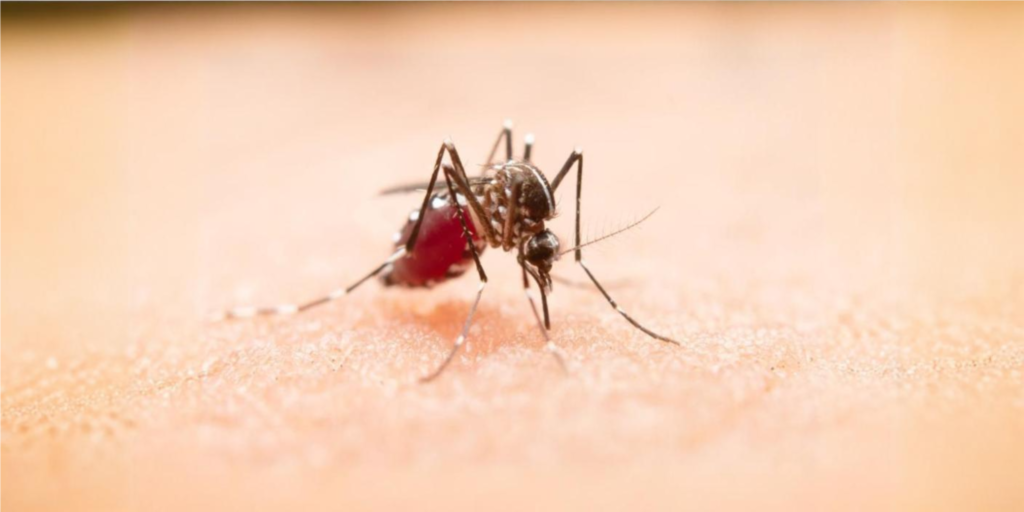Tags
Study reveals alarming rise in global physical inactivity
Author
Author
- admin / 4 months

- 0
- 2 min read

Rising global physical inactivity and increasing chronic disease risks highlight the need for urgent action to promote exercise and improve public health.
By First Check Team
A recent study found that about one-third (31%) of adults worldwide, around 1.8 billion people, did not get enough exercise in 2022. The highest inactivity rates were in the high-income Asia Pacific (48%) and South Asia (45%). In other regions, inactivity rates ranged from 28% in wealthy Western countries to 14% in Oceania.
Physical inactivity among adults has increased by 5% since 2010. If this trend continues, inactivity levels could reach 35% by 2030.
The study was undertaken by researchers from WHO together with academic colleagues and published in The Lancet Global Health journal.
The World Health Organization (WHO) recommends that adults get 150 minutes of moderate exercise or 75 minutes of vigorous exercise each week. Not exercising enough increases the risk of heart disease, type 2 diabetes, dementia, and some cancers.
The study also found that women (34%) are less active than men (29%) and older adults (over 60) are less active than younger people.
Dr. Rudiger Krech, a public health expert from WHO says physical inactivity is a major health concern that leads to chronic diseases. He emphasizes the need for new ways to encourage people to be more active by considering factors like age, environment, and culture. Making physical activity accessible, affordable, and enjoyable can help reduce the risk of diseases and improve overall health.
Despite the concerns, some countries are improving. About half of all countries have increased their physical activity levels in the past decade, and 22 countries are on track to meet the global goal of reducing inactivity by 15% by 2030.
WHO urges countries to improve their policies to encourage physical activity. This includes supporting community sports, active recreation, and using modes of transport like walking, cycling, and public transit.









